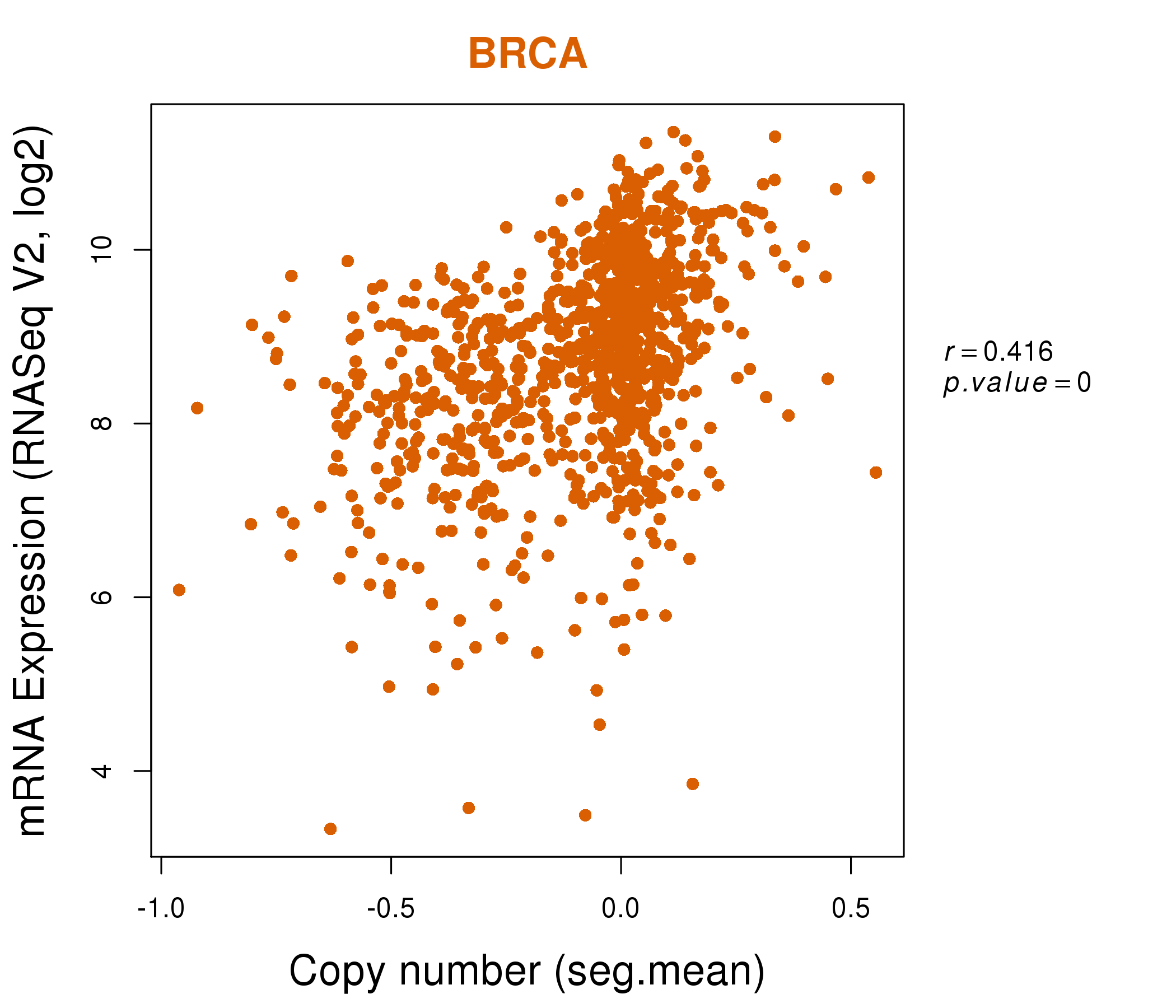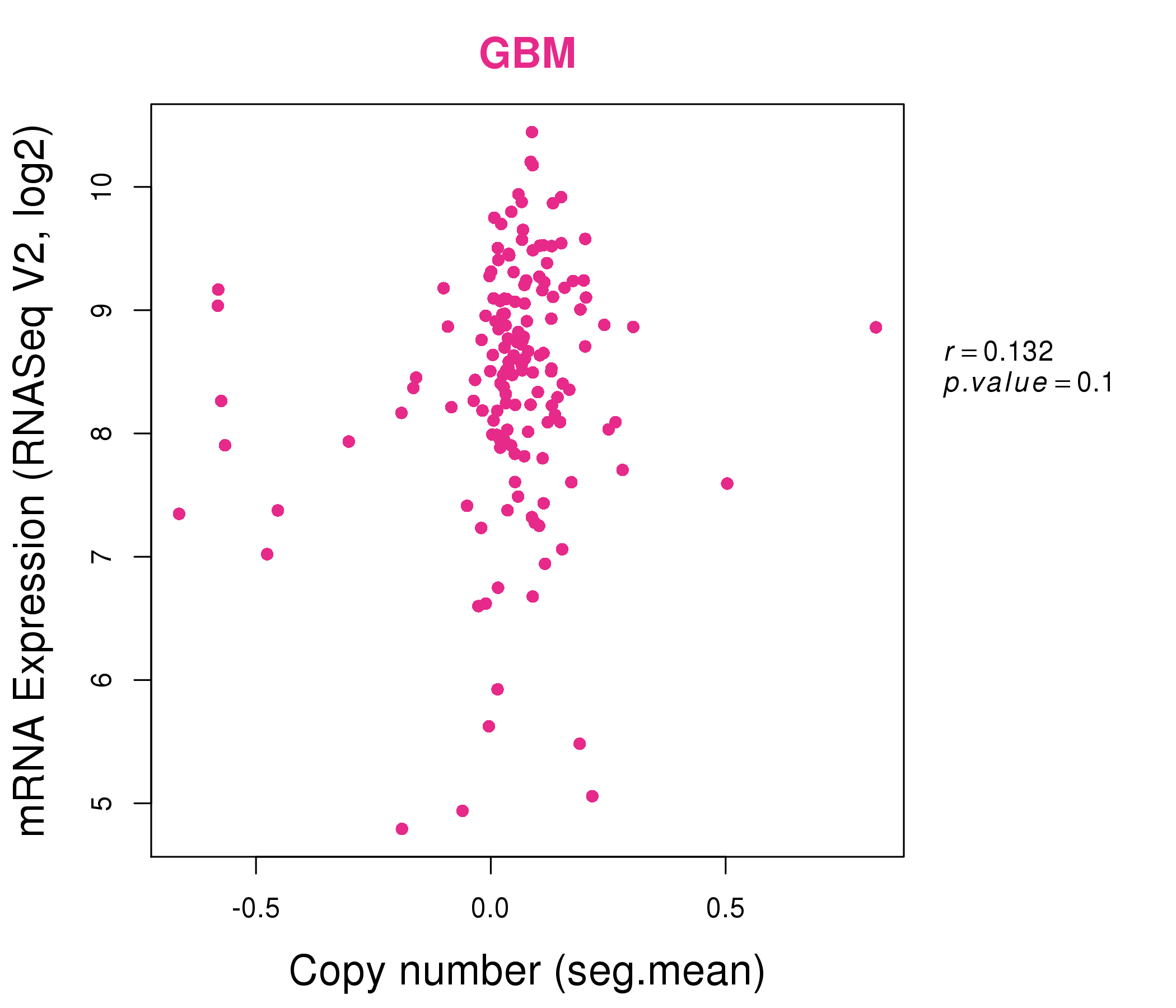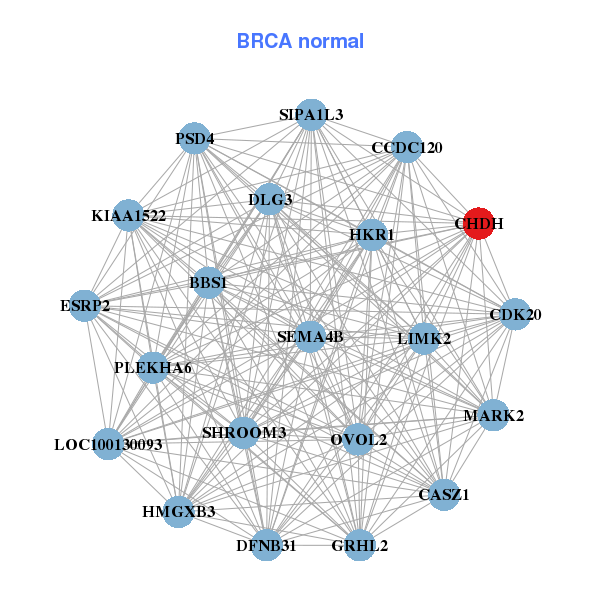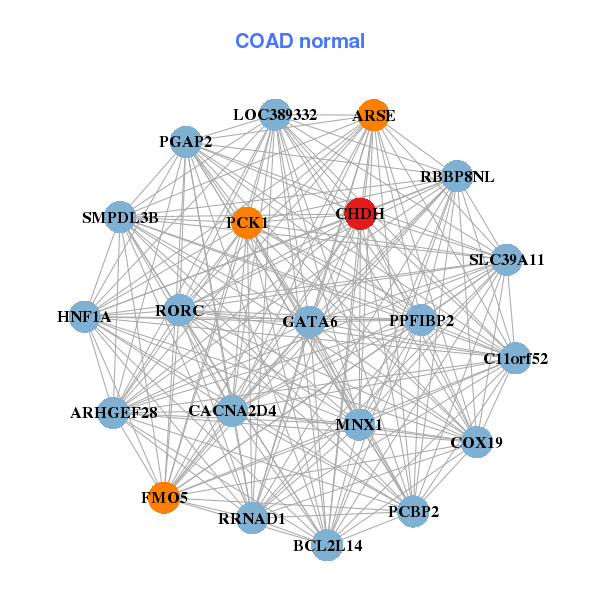|
||||||||||||||||||||
| |
| Phenotypic Information (metabolism pathway, cancer, disease, phenome) |
| |
| |
| Gene-Gene Network Information: Co-Expression Network, Interacting Genes & KEGG |
| |
|
| Gene Summary for CHDH |
| Basic gene info. | Gene symbol | CHDH |
| Gene name | choline dehydrogenase | |
| Synonyms | - | |
| Cytomap | UCSC genome browser: 3p21.1 | |
| Genomic location | chr3 :53850323-53880420 | |
| Type of gene | protein-coding | |
| RefGenes | NM_018397.4, | |
| Ensembl id | ENSG00000016391 | |
| Description | CDHCHDcholine dehydrogenase, mitochondrial | |
| Modification date | 20141207 | |
| dbXrefs | HGNC : HGNC | |
| HPRD : 13050 | ||
| Protein | UniProt: go to UniProt's Cross Reference DB Table | |
| Expression | CleanEX: HS_CHDH | |
| BioGPS: 55349 | ||
| Gene Expression Atlas: ENSG00000016391 | ||
| The Human Protein Atlas: ENSG00000016391 | ||
| Pathway | NCI Pathway Interaction Database: CHDH | |
| KEGG: CHDH | ||
| REACTOME: CHDH | ||
| ConsensusPathDB | ||
| Pathway Commons: CHDH | ||
| Metabolism | MetaCyc: CHDH | |
| HUMANCyc: CHDH | ||
| Regulation | Ensembl's Regulation: ENSG00000016391 | |
| miRBase: chr3 :53,850,323-53,880,420 | ||
| TargetScan: NM_018397 | ||
| cisRED: ENSG00000016391 | ||
| Context | iHOP: CHDH | |
| cancer metabolism search in PubMed: CHDH | ||
| UCL Cancer Institute: CHDH | ||
| Assigned class in ccmGDB | C | |
| Top |
| Phenotypic Information for CHDH(metabolism pathway, cancer, disease, phenome) |
| Cancer | CGAP: CHDH |
| Familial Cancer Database: CHDH | |
| * This gene is included in those cancer gene databases. |
|
|
|
|
|
| . | ||||||||||||||
Oncogene 1 | Significant driver gene in | |||||||||||||||||||
| cf) number; DB name 1 Oncogene; http://nar.oxfordjournals.org/content/35/suppl_1/D721.long, 2 Tumor Suppressor gene; https://bioinfo.uth.edu/TSGene/, 3 Cancer Gene Census; http://www.nature.com/nrc/journal/v4/n3/abs/nrc1299.html, 4 CancerGenes; http://nar.oxfordjournals.org/content/35/suppl_1/D721.long, 5 Network of Cancer Gene; http://ncg.kcl.ac.uk/index.php, 1Therapeutic Vulnerabilities in Cancer; http://cbio.mskcc.org/cancergenomics/statius/ |
| KEGG_GLYCINE_SERINE_AND_THREONINE_METABOLISM | |
| OMIM | |
| Orphanet | |
| Disease | KEGG Disease: CHDH |
| MedGen: CHDH (Human Medical Genetics with Condition) | |
| ClinVar: CHDH | |
| Phenotype | MGI: CHDH (International Mouse Phenotyping Consortium) |
| PhenomicDB: CHDH | |
| Mutations for CHDH |
| * Under tables are showing count per each tissue to give us broad intuition about tissue specific mutation patterns.You can go to the detailed page for each mutation database's web site. |
| There's no structural variation information in COSMIC data for this gene. |
| * From mRNA Sanger sequences, Chitars2.0 arranged chimeric transcripts. This table shows CHDH related fusion information. |
| ID | Head Gene | Tail Gene | Accession | Gene_a | qStart_a | qEnd_a | Chromosome_a | tStart_a | tEnd_a | Gene_a | qStart_a | qEnd_a | Chromosome_a | tStart_a | tEnd_a |
| BF930030 | ARPC2 | 20 | 281 | 2 | 219099129 | 219100136 | CHDH | 276 | 591 | 3 | 53850949 | 53851264 | |
| Top |
| There's no copy number variation information in COSMIC data for this gene. |
| Top |
|
 |
| Top |
| Stat. for Non-Synonymous SNVs (# total SNVs=26) | (# total SNVs=18) |
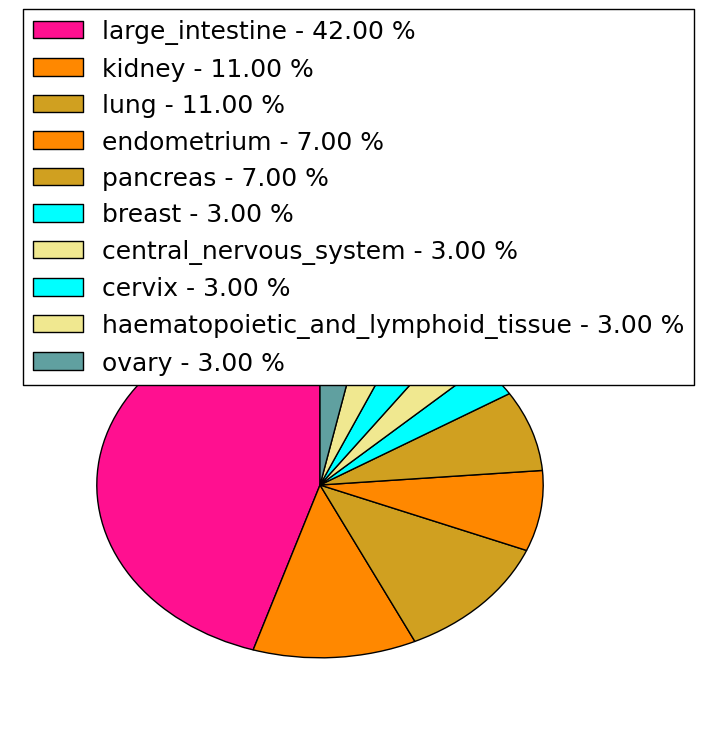 | 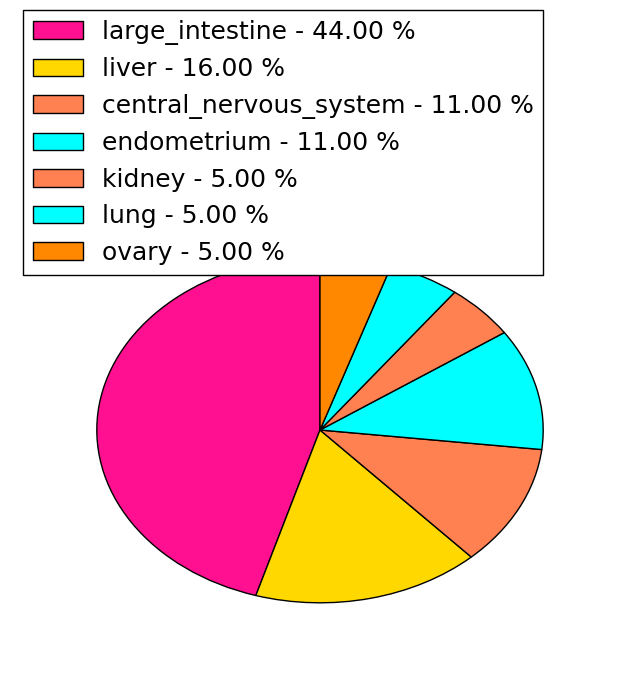 |
(# total SNVs=1) | (# total SNVs=0) |
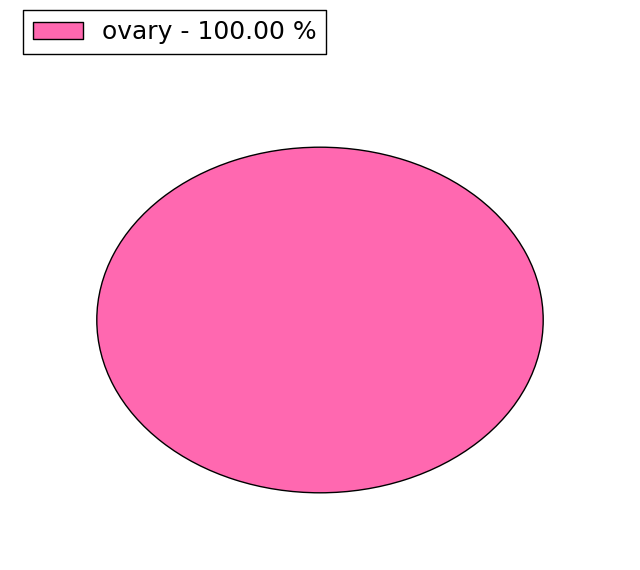 |
| Top |
| * When you move the cursor on each content, you can see more deailed mutation information on the Tooltip. Those are primary_site,primary_histology,mutation(aa),pubmedID. |
| GRCh37 position | Mutation(aa) | Unique sampleID count |
| chr3:53857676-53857676 | p.L120L | 6 |
| chr3:53857673-53857673 | p.Y121Y | 3 |
| chr3:53857803-53857803 | p.L78R | 3 |
| chr3:53856621-53856621 | p.R251H | 2 |
| chr3:53853588-53853588 | p.R412W | 2 |
| chr3:53851900-53851900 | p.I563I | 2 |
| chr3:53857356-53857356 | p.W227* | 2 |
| chr3:53852965-53852965 | p.E456K | 1 |
| chr3:53857360-53857360 | p.G226S | 1 |
| chr3:53857886-53857886 | p.S50S | 1 |
| Top |
|
 |
| Point Mutation/ Tissue ID | 1 | 2 | 3 | 4 | 5 | 6 | 7 | 8 | 9 | 10 | 11 | 12 | 13 | 14 | 15 | 16 | 17 | 18 | 19 | 20 |
| # sample | 1 | 10 | 1 | 2 | 3 | 1 | 1 | 2 | 1 | 6 | 7 | 3 | ||||||||
| # mutation | 1 | 10 | 1 | 2 | 3 | 1 | 1 | 3 | 1 | 6 | 8 | 4 | ||||||||
| nonsynonymous SNV | 1 | 7 | 2 | 2 | 1 | 1 | 1 | 4 | 4 | 2 | ||||||||||
| synonymous SNV | 3 | 1 | 1 | 2 | 1 | 2 | 4 | 2 |
| cf) Tissue ID; Tissue type (1; BLCA[Bladder Urothelial Carcinoma], 2; BRCA[Breast invasive carcinoma], 3; CESC[Cervical squamous cell carcinoma and endocervical adenocarcinoma], 4; COAD[Colon adenocarcinoma], 5; GBM[Glioblastoma multiforme], 6; Glioma Low Grade, 7; HNSC[Head and Neck squamous cell carcinoma], 8; KICH[Kidney Chromophobe], 9; KIRC[Kidney renal clear cell carcinoma], 10; KIRP[Kidney renal papillary cell carcinoma], 11; LAML[Acute Myeloid Leukemia], 12; LUAD[Lung adenocarcinoma], 13; LUSC[Lung squamous cell carcinoma], 14; OV[Ovarian serous cystadenocarcinoma ], 15; PAAD[Pancreatic adenocarcinoma], 16; PRAD[Prostate adenocarcinoma], 17; SKCM[Skin Cutaneous Melanoma], 18:STAD[Stomach adenocarcinoma], 19:THCA[Thyroid carcinoma], 20:UCEC[Uterine Corpus Endometrial Carcinoma]) |
| Top |
| * We represented just top 10 SNVs. When you move the cursor on each content, you can see more deailed mutation information on the Tooltip. Those are primary_site, primary_histology, mutation(aa), pubmedID. |
| Genomic Position | Mutation(aa) | Unique sampleID count |
| chr3:53851900 | p.I563I | 2 |
| chr3:53853612 | p.A500A | 1 |
| chr3:53856520 | p.L319L | 1 |
| chr3:53852036 | p.S490S | 1 |
| chr3:53853615 | p.S301Y | 1 |
| chr3:53856562 | p.E456K | 1 |
| chr3:53852074 | p.R285G | 1 |
| chr3:53853678 | p.A440T | 1 |
| chr3:53856589 | p.R271C | 1 |
| chr3:53852082 | p.G425G | 1 |
| * Copy number data were extracted from TCGA using R package TCGA-Assembler. The URLs of all public data files on TCGA DCC data server were gathered on Jan-05-2015. Function ProcessCNAData in TCGA-Assembler package was used to obtain gene-level copy number value which is calculated as the average copy number of the genomic region of a gene. |
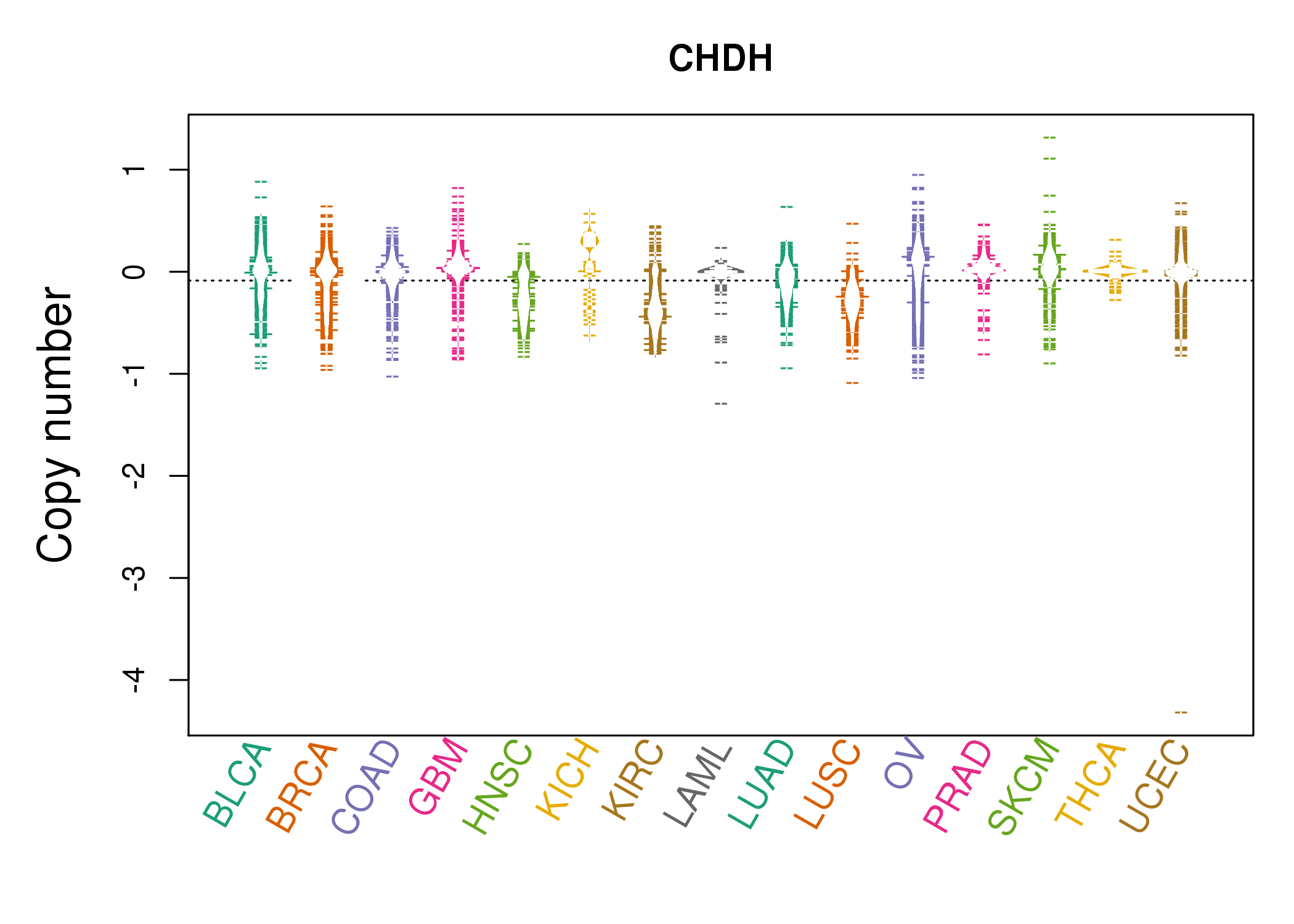 |
| cf) Tissue ID[Tissue type]: BLCA[Bladder Urothelial Carcinoma], BRCA[Breast invasive carcinoma], CESC[Cervical squamous cell carcinoma and endocervical adenocarcinoma], COAD[Colon adenocarcinoma], GBM[Glioblastoma multiforme], Glioma Low Grade, HNSC[Head and Neck squamous cell carcinoma], KICH[Kidney Chromophobe], KIRC[Kidney renal clear cell carcinoma], KIRP[Kidney renal papillary cell carcinoma], LAML[Acute Myeloid Leukemia], LUAD[Lung adenocarcinoma], LUSC[Lung squamous cell carcinoma], OV[Ovarian serous cystadenocarcinoma ], PAAD[Pancreatic adenocarcinoma], PRAD[Prostate adenocarcinoma], SKCM[Skin Cutaneous Melanoma], STAD[Stomach adenocarcinoma], THCA[Thyroid carcinoma], UCEC[Uterine Corpus Endometrial Carcinoma] |
| Top |
| Gene Expression for CHDH |
| * CCLE gene expression data were extracted from CCLE_Expression_Entrez_2012-10-18.res: Gene-centric RMA-normalized mRNA expression data. |
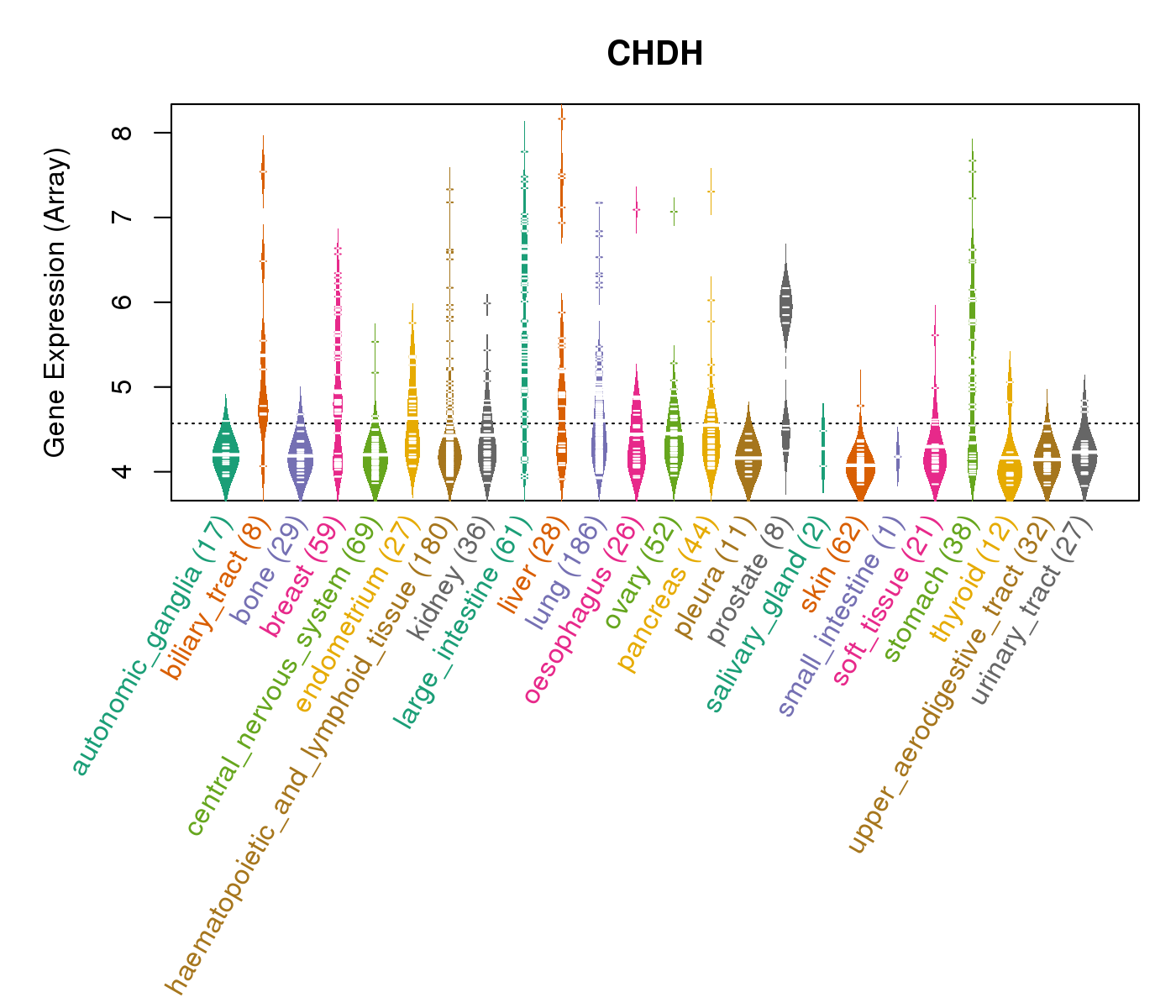 |
| * Normalized gene expression data of RNASeqV2 was extracted from TCGA using R package TCGA-Assembler. The URLs of all public data files on TCGA DCC data server were gathered at Jan-05-2015. Only eight cancer types have enough normal control samples for differential expression analysis. (t test, adjusted p<0.05 (using Benjamini-Hochberg FDR)) |
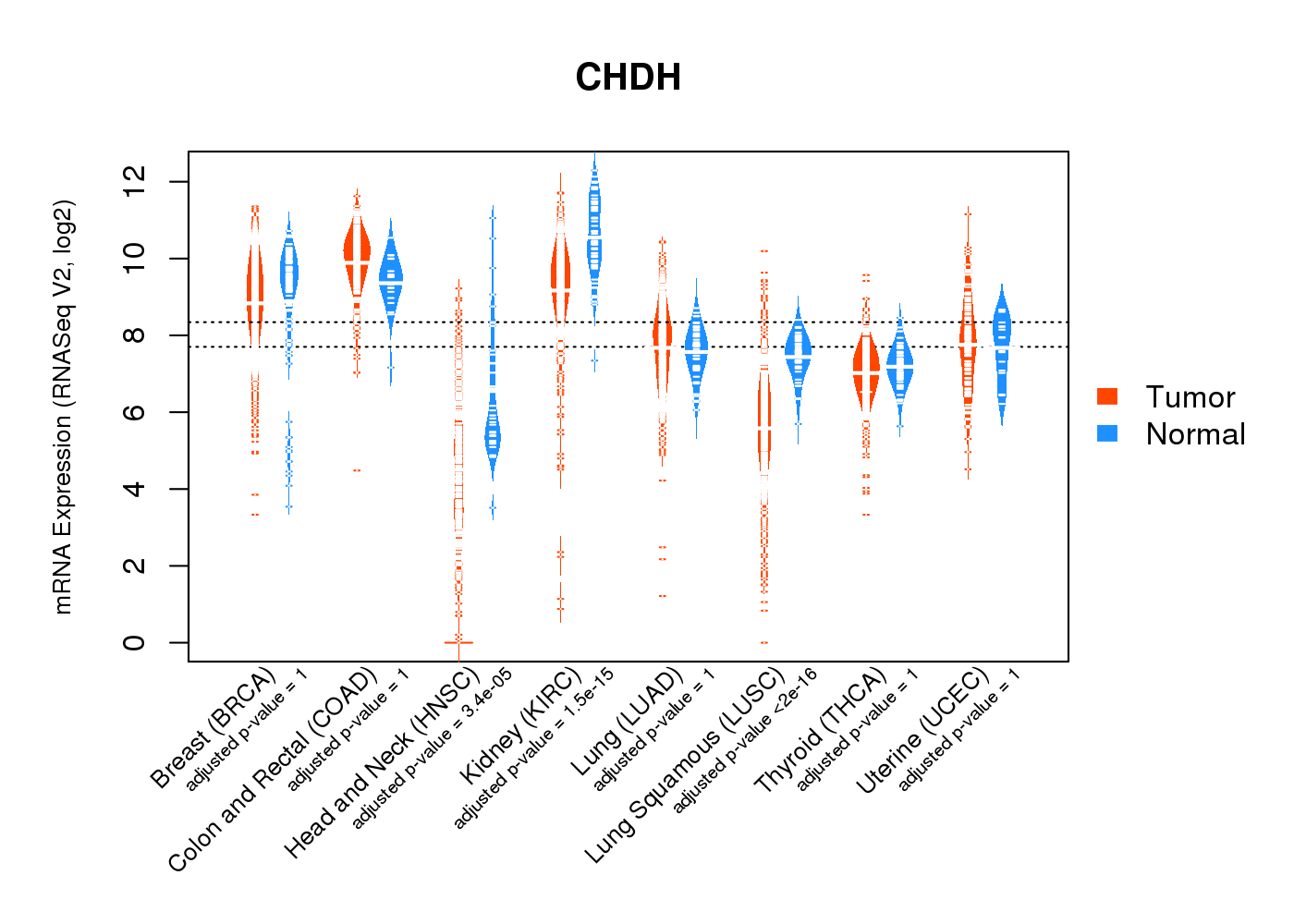 |
| Top |
| * This plots show the correlation between CNV and gene expression. |
: Open all plots for all cancer types
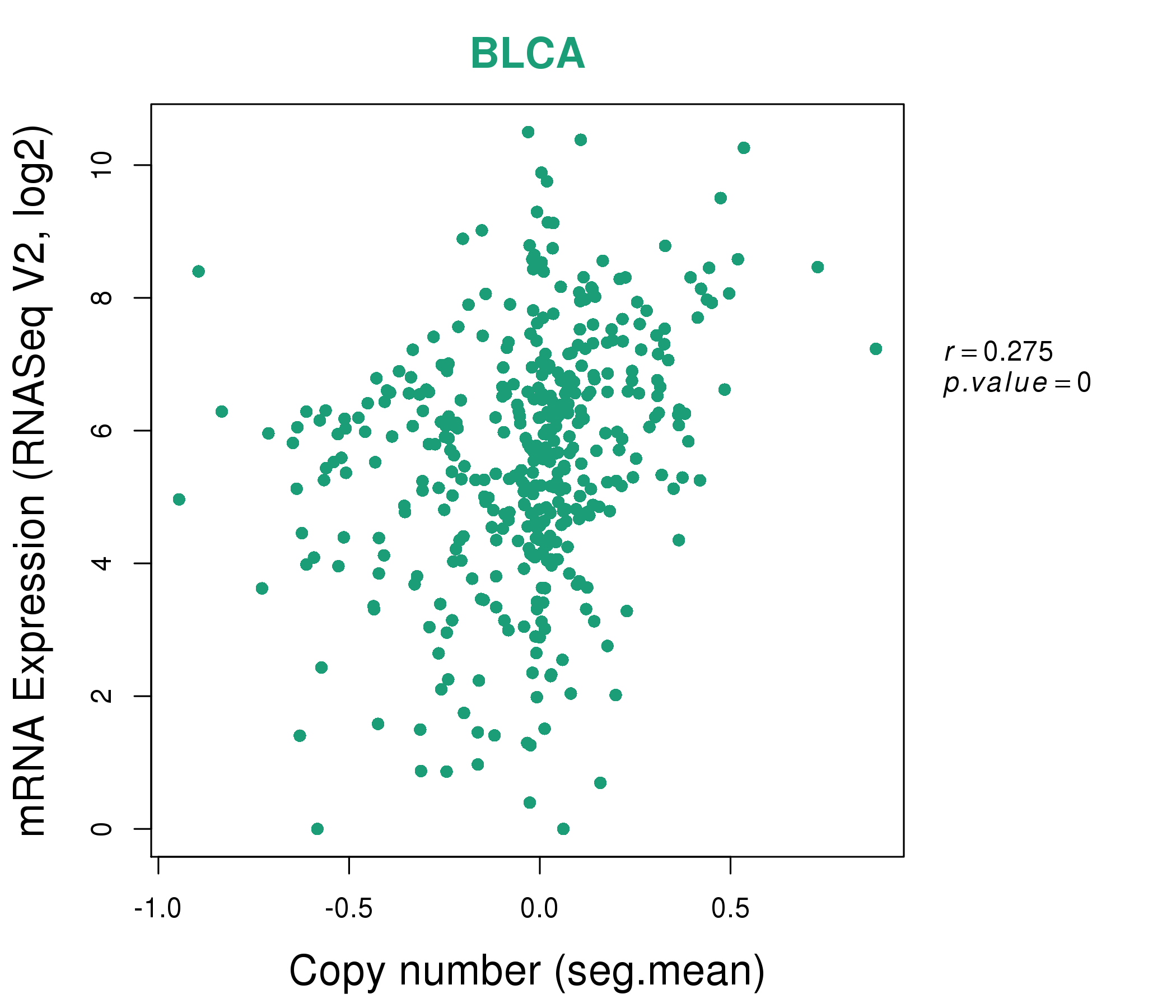 |
|
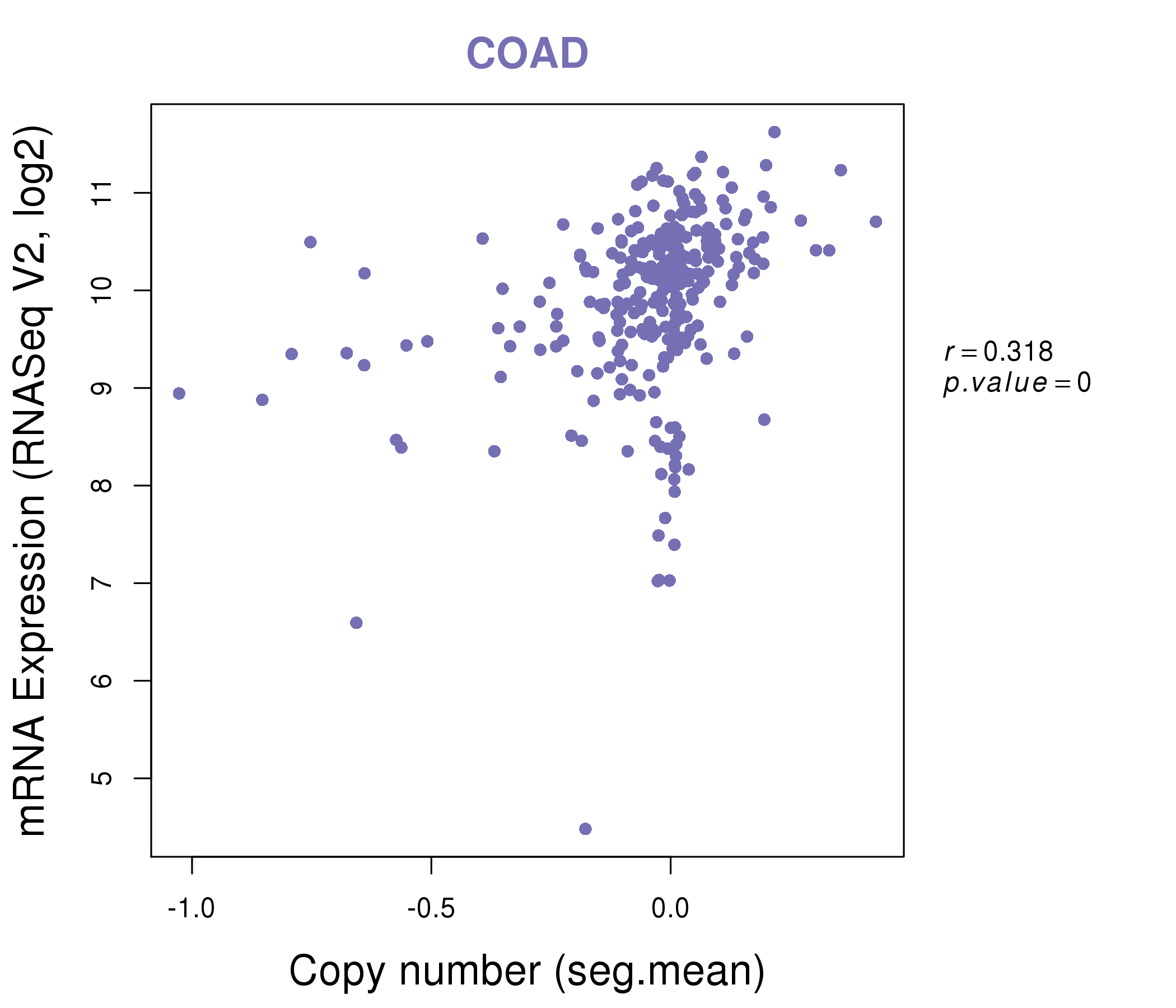 |
|
| Top |
| Gene-Gene Network Information |
| * Co-Expression network figures were drawn using R package igraph. Only the top 20 genes with the highest correlations were shown. Red circle: input gene, orange circle: cell metabolism gene, sky circle: other gene |
: Open all plots for all cancer types
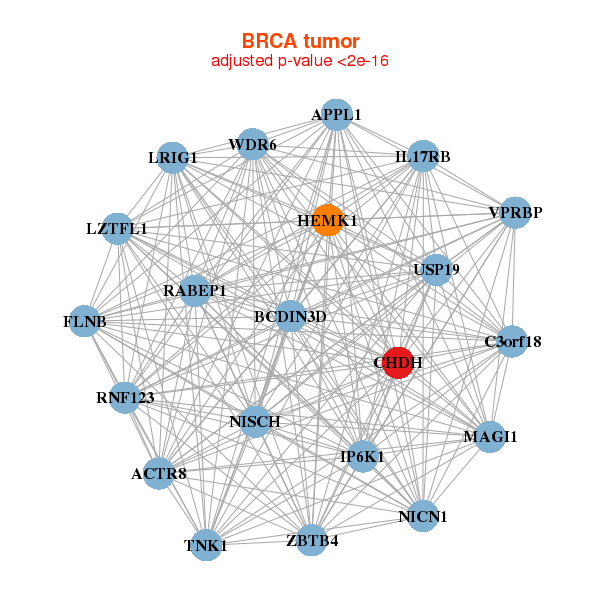 |
|
| ACTR8,APPL1,BCDIN3D,C3orf18,CHDH,FLNB,HEMK1, IL17RB,IP6K1,LRIG1,LZTFL1,MAGI1,NICN1,NISCH, RABEP1,RNF123,TNK1,USP19,VPRBP,WDR6,ZBTB4 | BBS1,CASZ1,CCDC120,CDK20,CHDH,DFNB31,DLG3, ESRP2,GRHL2,HKR1,HMGXB3,KIAA1522,LIMK2,LOC100130093, MARK2,OVOL2,PLEKHA6,PSD4,SEMA4B,SHROOM3,SIPA1L3 |
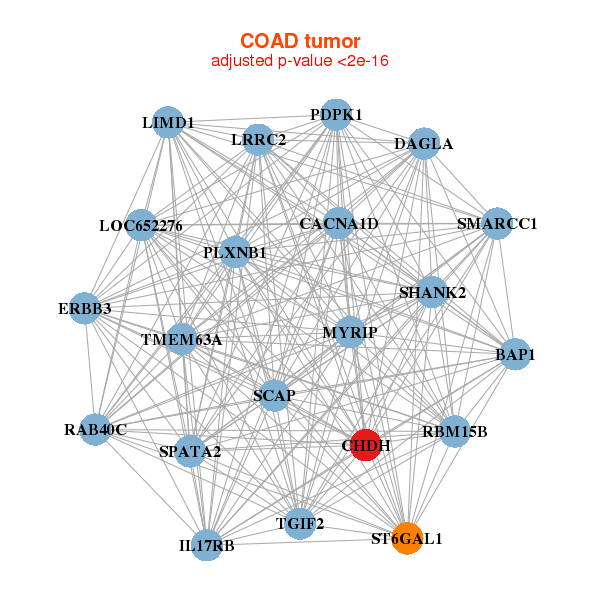 |
|
| BAP1,CACNA1D,CHDH,DAGLA,ERBB3,IL17RB,LIMD1, LOC652276,LRRC2,MYRIP,PDPK1,PLXNB1,RAB40C,RBM15B, SCAP,SHANK2,SMARCC1,SPATA2,ST6GAL1,TGIF2,TMEM63A | ARSE,BCL2L14,C11orf52,RRNAD1,RBBP8NL,CACNA2D4,CHDH, COX19,FMO5,GATA6,HNF1A,LOC389332,MNX1,PCBP2, PCK1,PGAP2,PPFIBP2,ARHGEF28,RORC,SLC39A11,SMPDL3B |
| * Co-Expression network figures were drawn using R package igraph. Only the top 20 genes with the highest correlations were shown. Red circle: input gene, orange circle: cell metabolism gene, sky circle: other gene |
: Open all plots for all cancer types
| Top |
: Open all interacting genes' information including KEGG pathway for all interacting genes from DAVID
| Top |
| Pharmacological Information for CHDH |
| There's no related Drug. |
| Top |
| Cross referenced IDs for CHDH |
| * We obtained these cross-references from Uniprot database. It covers 150 different DBs, 18 categories. http://www.uniprot.org/help/cross_references_section |
: Open all cross reference information
|
Copyright © 2016-Present - The Univsersity of Texas Health Science Center at Houston @ |






